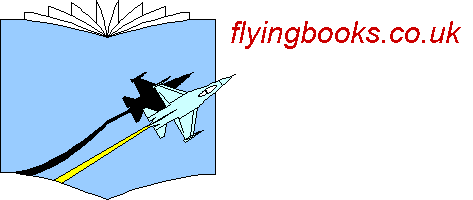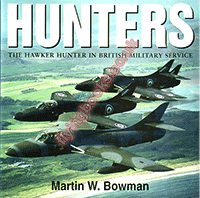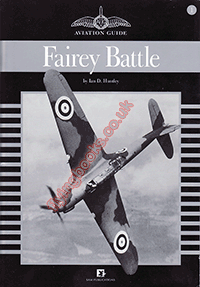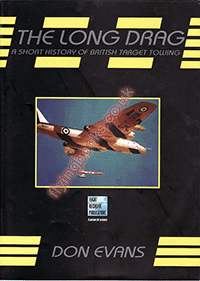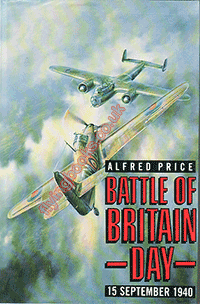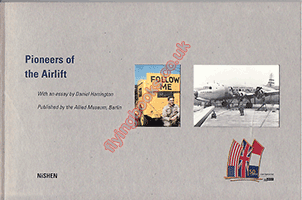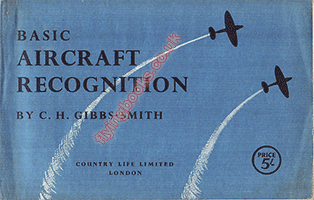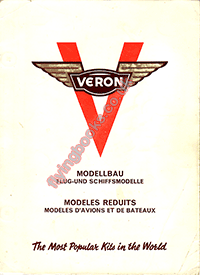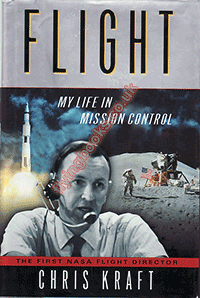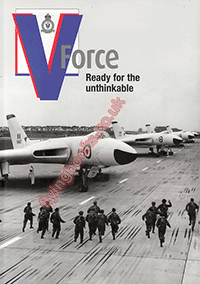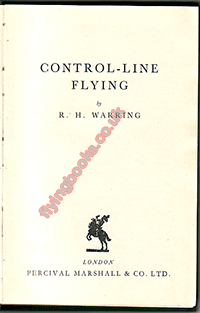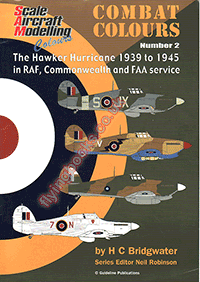- Military
- Civil
- Testing, Racing, Record Breaking
- Technical
- General Aviation
- Rotary Wing
- Company Histories
- More..
- Publishers
- Squadron Signal Publications
- Air Britain
- Salamander
- Putnam
- Putnam World Aeronautical Library
- more pages....
Online Catalogue | Company Histories | The Magic of a Name: The Rolls Royce Story Part Two: The Power Behind The Jets 1945-1987
The Magic of a Name: The Rolls Royce Story Part Two: The Power Behind The Jets 1945-1987
Online Catalogue | Company Histories | The Magic of a Name: The Rolls Royce Story Part Two: The Power Behind The Jets 1945-1987
Recently Viewed
Recently Listed
The Imperial Russian Air Service: Famous Pilots and Aircraft of World War I
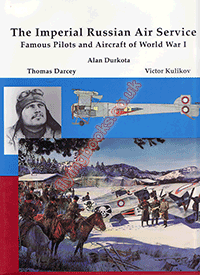
Scarce copy of the definitive work on the Russian Air Service, its pilots and aircraft in the First World War
With The Yanks in Korea Volume 1
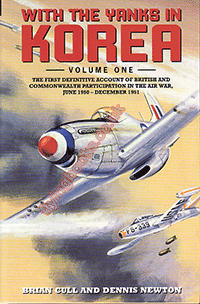
The first 18 months of the air war in Korea, highlighting the involvement of the British and Commonwealth aircrews with their American counterparts
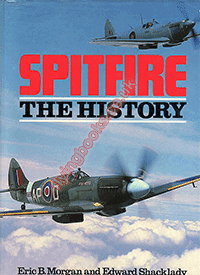
A truly mammoth work giving the definitive history of the Spitfire, including detailed development work, official reports, serial numbers etc. etc.

A Bomber pilot's war from the Battle of Britain to Germany, North Africa, and accident investigation in the Far East
Main Categories
Recently Listed
Flight: My Life in Mission Control
V Force: Ready for the Unthinkable
The Hawker Hurricane1939-1945 in RAF, Commonwealth and FAA Service
- Flyingbooks
- Rectory Cottage, Main Street
- Hannington
- Northamptonshire
- NN6 9SU United Kingdom
© 2014 - 2024 Flyingbooks
